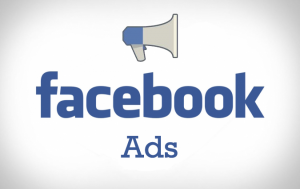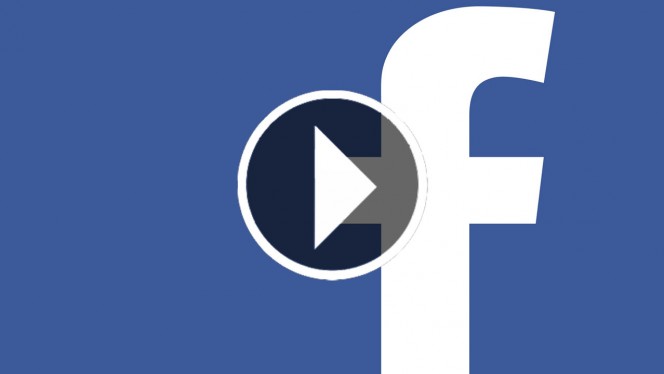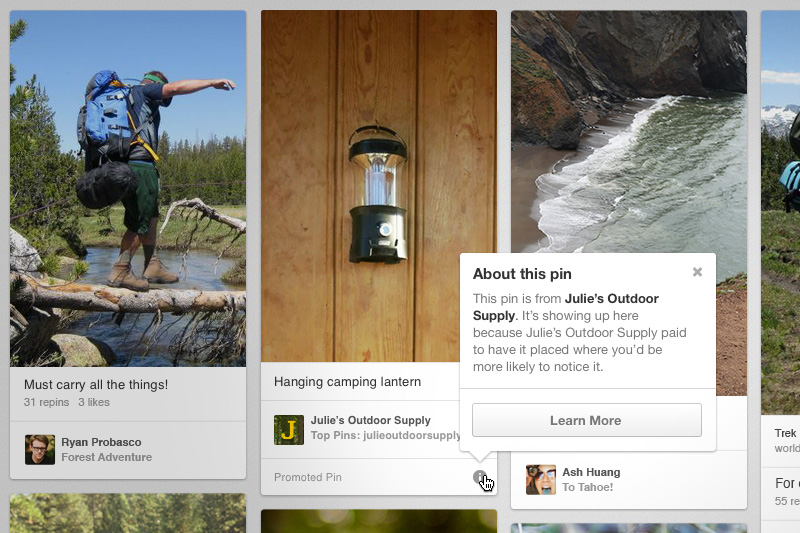Online ads on Google’s AdWords network are a great way to reach a larger audience interested in your services, but breaking the rules can have harsh consequences. Google removed over 524 million “bad ads” from its ad network last year, and 214,000 of those advertisers are entirely banned from the service due to their bad behavior according to a recent announcement from Google.
“While this represents a tiny fraction of the total ads on our platform — the vast majority of advertisers follow our policies and act responsibly — we continue to remain vigilant to protect users against bad advertising practices,” Vikaram Gupta, director of ads engineering at Google, wrote Tuesday in the post.
The latest data shows several improvements from past years, such as a distinct drop in banned advertises for promoting counterfeit goods, but Google says it is a “constantly evolving fight” and the war against bad ads is far from over.
The announcement highlighted several of the “bad ads” trends that dominated 2014, including more than 43 million ads trying to trick users into clicking, over 4.3 million ads containing copyright infringement issues, and over 9.6 million ads containing healthcare-related violations.
The following infographic breaks down Google’s efforts to weed out bad advertising last year:


 Facebook is making it a lot easier to measure the amount of new business you get from ads on the social media site,
Facebook is making it a lot easier to measure the amount of new business you get from ads on the social media site, 

 As online optimization and marketing become more and more essential to the success of smaller businesses, many small businesses are trying to manage as much online marketing on their own as they can manage with limited time and resources.
As online optimization and marketing become more and more essential to the success of smaller businesses, many small businesses are trying to manage as much online marketing on their own as they can manage with limited time and resources.
 Have you ever had to deal with a sudden significant drop in the effectiveness of your pay-per-click advertising? Usually, those types of issues are the result of a bad change with how you are bidding or possibly the failure to adapt to changes on advertising platforms. However, it could also be the result of a concentrated fraudulent effort, as the discovery of a large
Have you ever had to deal with a sudden significant drop in the effectiveness of your pay-per-click advertising? Usually, those types of issues are the result of a bad change with how you are bidding or possibly the failure to adapt to changes on advertising platforms. However, it could also be the result of a concentrated fraudulent effort, as the discovery of a large 

